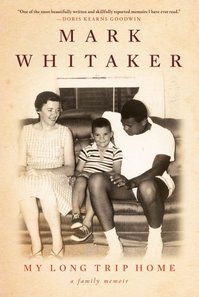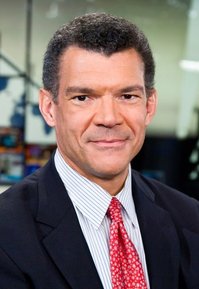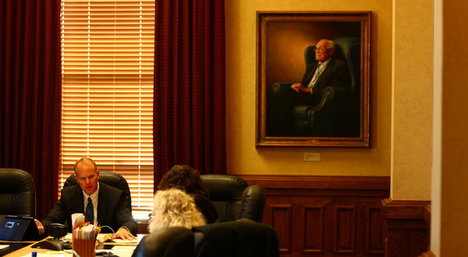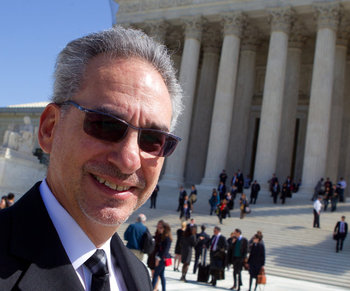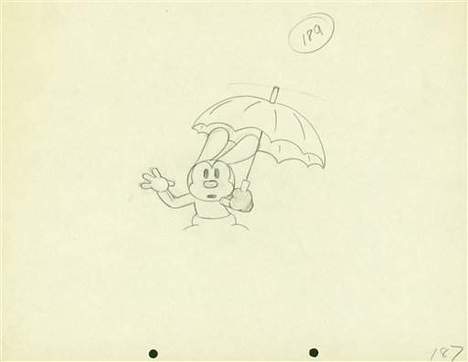(p. C4) Economic growth is a form of deflation. If the cost of, say, computing power goes down, then the users of computing power acquire more of it for less–and thus attain a higher standard of living. One thing that makes such deflation possible is dematerialization, the reduction in the quantity of stuff needed to produce a product. An iPhone, for example, weighs 1/100th and costs 1/10th as much as an Osborne Executive computer did in 1982, but it has 150 times the processing speed and 100,000 times the memory.
Dematerialization is occurring with all sorts of products. Banking has shrunk to a handful of electrons moving on a cellphone, as have maps, encyclopedias, cameras, books, card games, music, records and letters–none of which now need to occupy physical space of their own. And it’s happening to food, too. In recent decades, wheat straw has shrunk as grain production has grown, because breeders have persuaded the plant to devote more of its energy to making the thing that we value most. Future dematerialization includes the possibility of synthetic meat–produced in a lab without brains, legs or guts.
Dematerialization is one of the reasons that Peter Diamandis and Steven Kotler give for the future’s being “better than you think” in their new book, “Abundance.”
For the full commentary, see:
MATT RIDLEY. “MIND & MATTER; The Future Is So Bright, it’s Dematerializing.” The Wall Street Journal (Sat., February 25, 2012): C4.
The book mentioned by Ridley is:
Diamandis, Peter H., and Steven Kotler. Abundance: The Future Is Better Than You Think. New York: Free Press, 2012.


